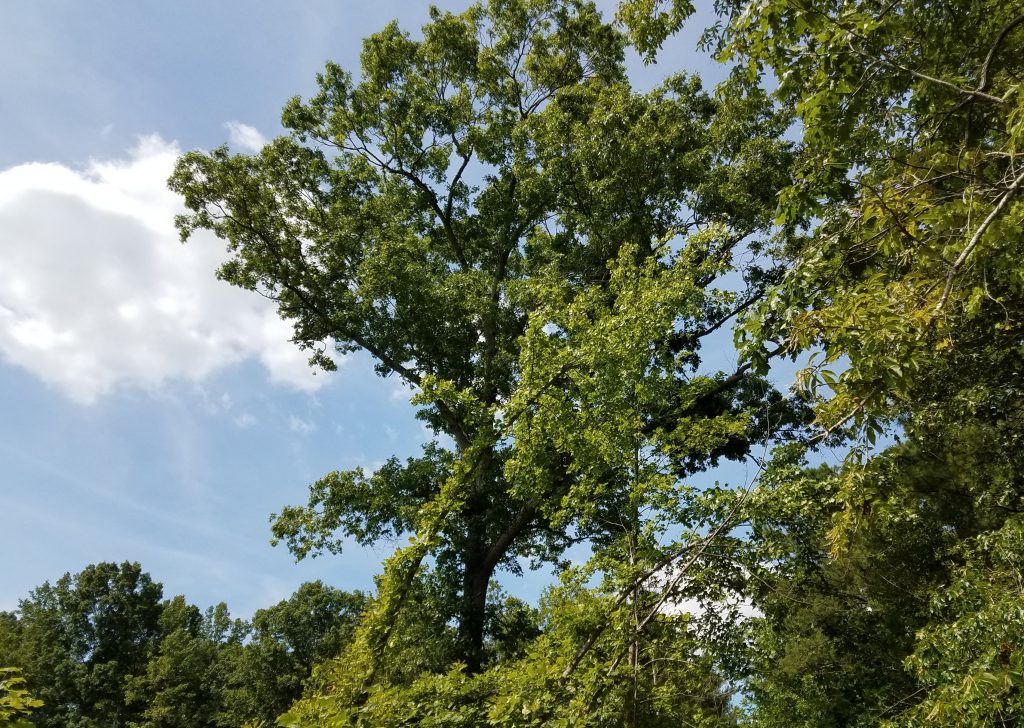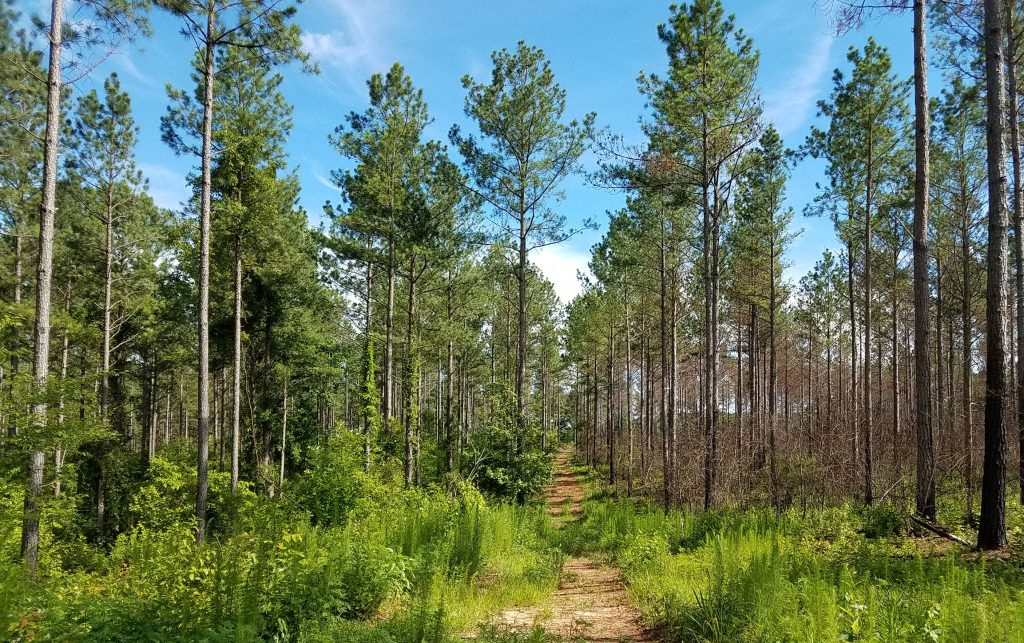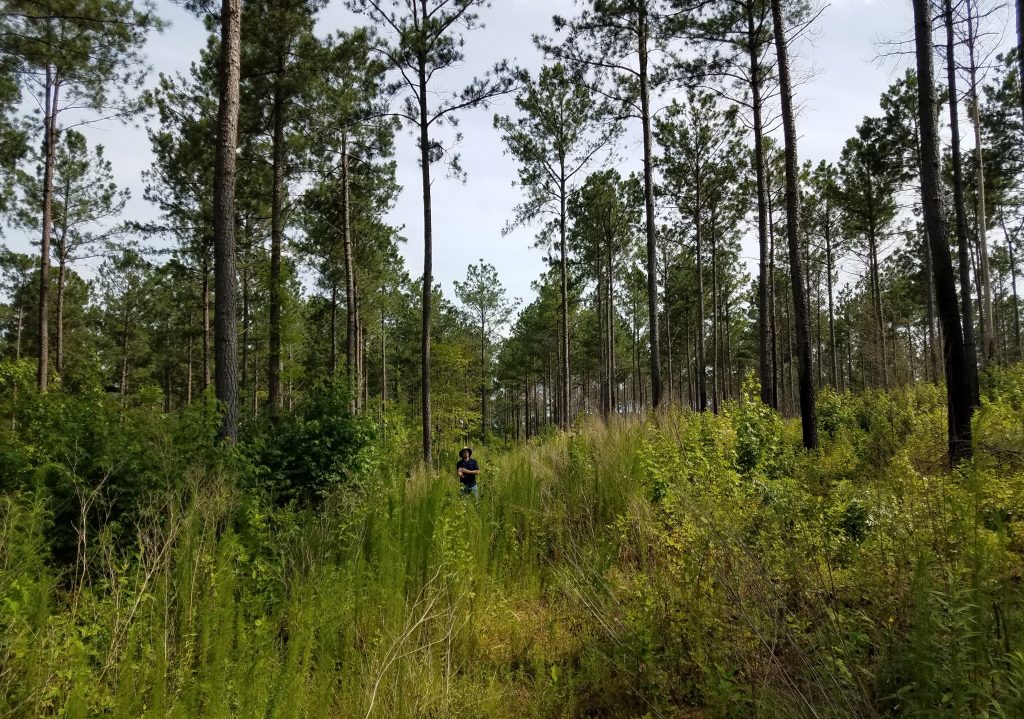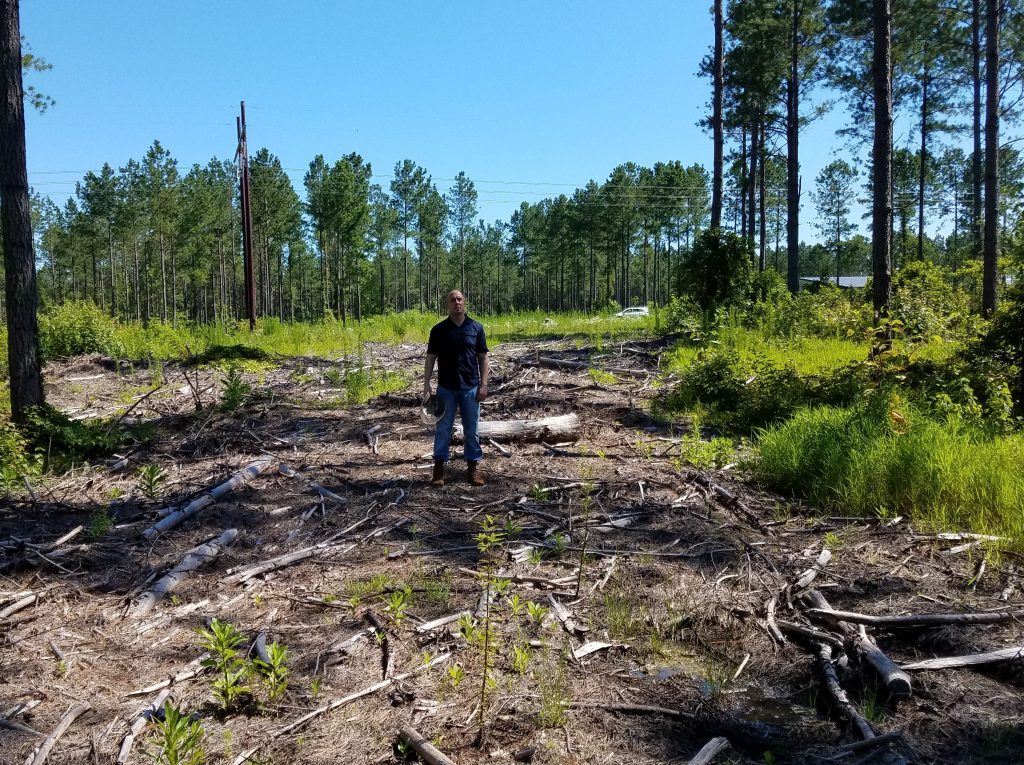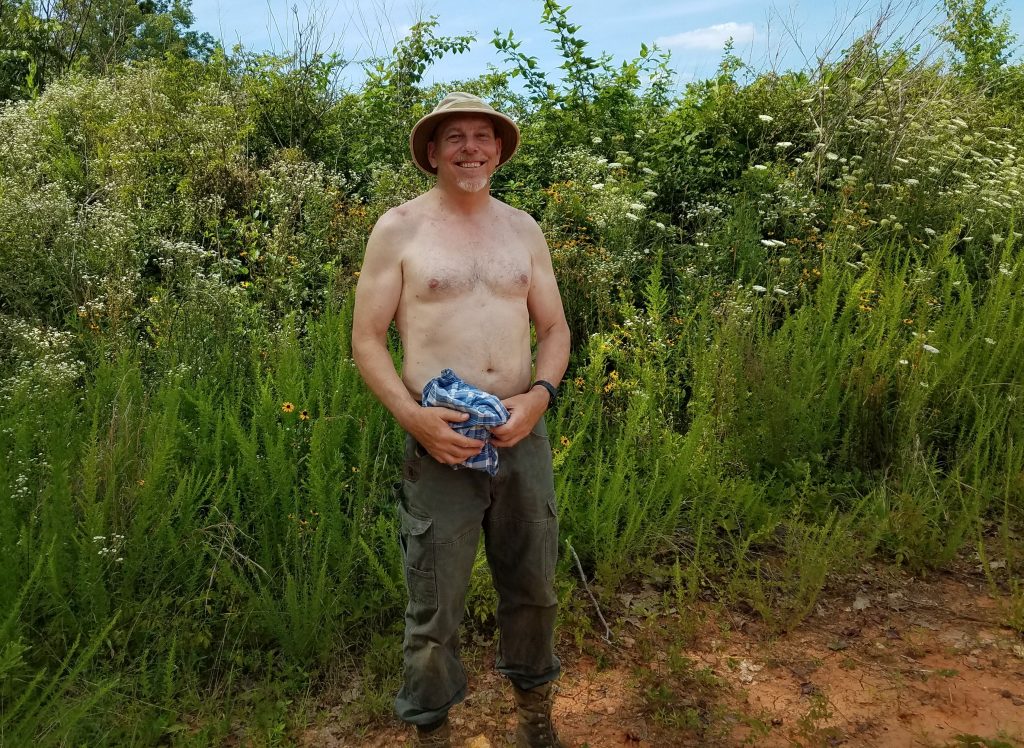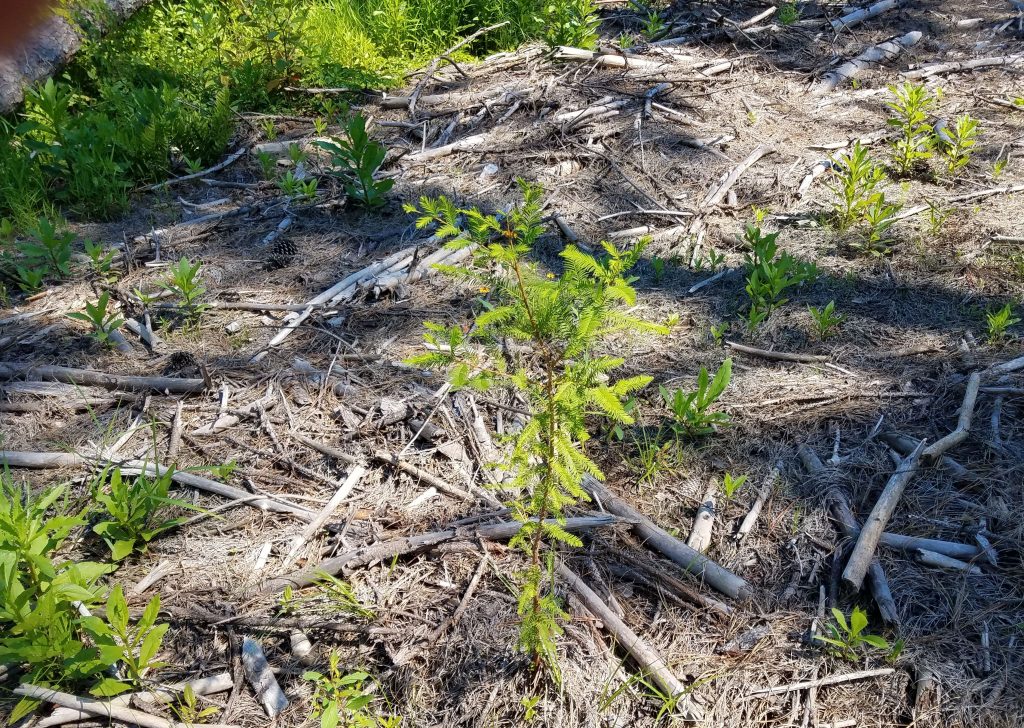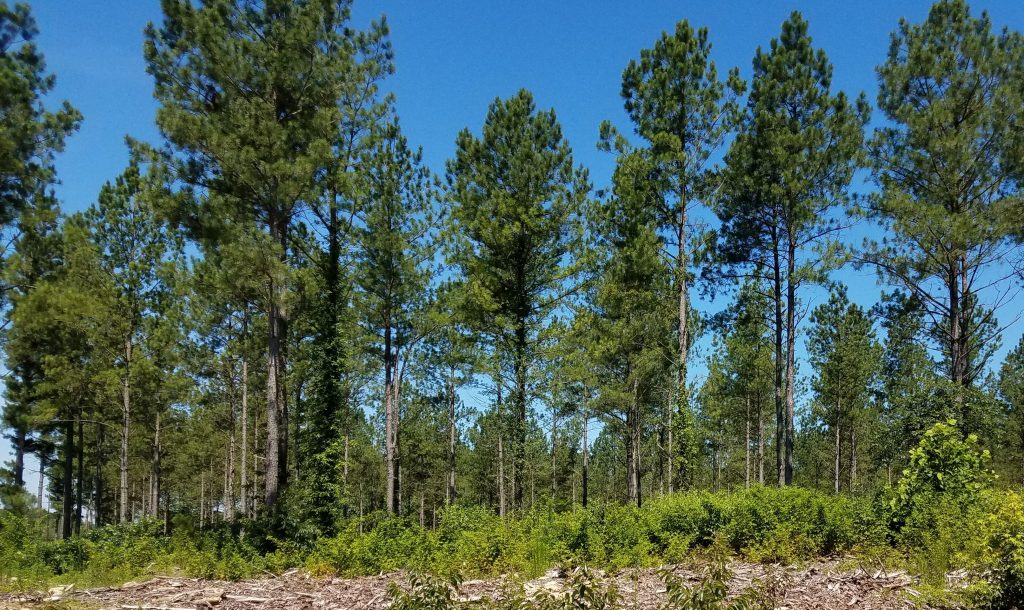Alex & I went down to the farms. Unfortunately, my cutter did not work. I tried all the mechanical skills at my disposal, i.e. I made sure there was gas and that nothing was obviously loose, and failed, so we had to spray instead of cut. That is easier physically, but less immediately satisfying. I also cannot use it everywhere. Don’t want to make my bald cypress or white oaks collateral damage, for example.
We also got to “inspect” more, and the pictures are from that.
The first picture is one of our big white oaks. I have been thinking about oak regeneration. I decided that I do not need to plant oaks. All I need do is identify patches and favor them. I started to do that by cutting the gum, poplar and red maples to allow the oaks more space and light.
When I was up at Aldo Leopold Foundation, I led a discussion on his essay “Axe in Hand,” and I have thought about it every time I make choices as the above. Leopold wrote – “I have read many definitions of what is a conservationist, and written not a few myself, but I suspect that the best one is written not with a pen but with an axe. It is a matter of what a man thinks about while chopping, or while deciding what to chop. A conservationist is one who is humbly aware that with each stroke he is writing his signature on the face of his land.”
Next picture is our open pine forests at Brodnax. Alex is in the middle for perspective. He is standing among the unattractively named dog fennel. I am not much fond of dog fennel. It is not pollinated by pollinators and it does not smell good. But it does grow fast and six feet high in a couple months.
I heard bobwhite quail the whole time I was on the Freeman place. I really don’t care that much about bobwhite per se, although I do enjoy hearing them. I care about bobwhite as an indicator species. Their abundance indicates the our land management is working.
The two pictures on the left show the open pine on Brodnax. Top is last year at this time. Bottom this year. Next shows more of the open pine on Freeman. The last picture is a flowery slope on Brodnax. We plan ted pollinator habitat various places on the farms. We planted none of what you see in the picture. All you really need to do it burn it. The seeds and roots persist in the soil and given the opening, they burst out.
We did not stop at Diamond Grove today.

